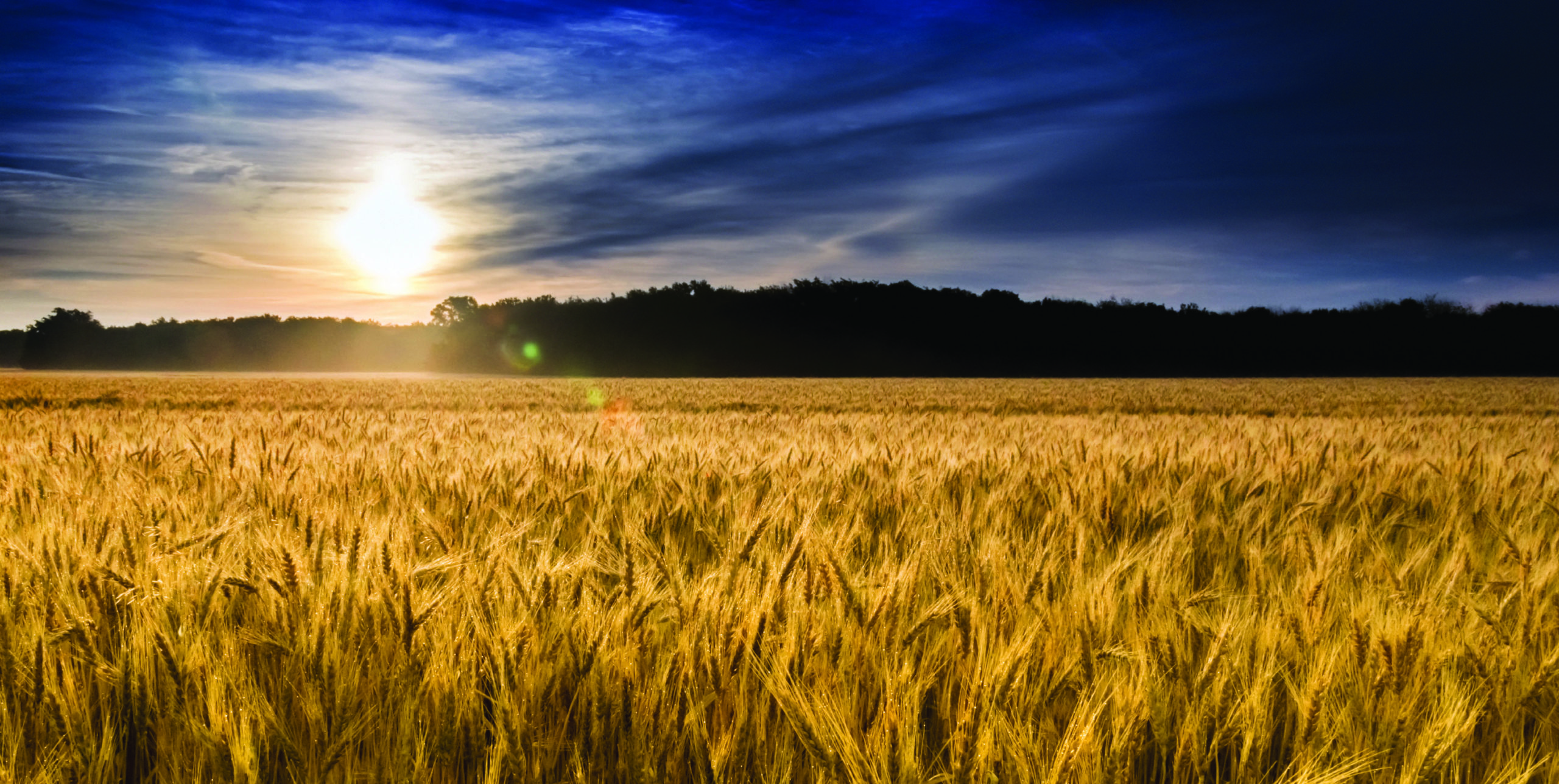USW Reviews Crop Quality for the 2017/18 Hard Red Spring, Soft White and Durum Crops
USW and its partner organizations have completed the crop quality analysis of the 2017/18 U.S. hard red spring (HRS), soft white (SW) and durum crops. The final data is summarized below. The complete analyses will appear in class-specific reports and USW’s 2017 Crop Quality Booklet, and shared with hundreds of customers around the world as part of USW’s annual Crop Quality Seminars.
Full regional quality reports for the 2017 HRS, SW, northern durum and Desert Durum® crops are posted at www.uswheat.org/cropQuality.
Hard Red Spring. USDA estimates that the total 2017/18 HRS supply (excluding imports) is down 19 percent from 2016/17 due to smaller production and beginning stocks.
Overall, 97 percent of Eastern Region and 83 percent of Western Region samples graded U.S. No. 1. The overall average test weight is 61.6 lb/bu (81 kg/hl), similar to the 5-year average, though the Western Region average is lower due to drought. The average protein is 14.6 percent (12 percent mb), higher than both 2016 and the 5-year average. More than one-half of all samples have greater than 14.5 percent protein in 2017 compared to just 36 percent in 2016.
The smaller 2017 HRS crop has many positive attributes, including high grades, plentiful protein, little to no DON and very good functional performance. Protein levels, shrunken and broken kernels and thousand kernel weights are more variable than recent years due to the vast differences in growing conditions across the region. Diligent contract specifications are still encouraged on this high-quality crop to ensure buyers get the quality expected.
Soft White. USDA estimates total 2017 SW production at 6.14 MMT, down slightly from 2016. Of that, the Washington Grain Commission estimates white club (WC) accounts for 359,000 MT.
The 2017 SW and WC overall average grade is U.S. No. 1. The average SW test weight of 60.9 lb/bu (80.1 kg/hl) is close to last year’s 60.8 lb/bu (80.0 kg/hl), while WC test weight of 60.2 lb/bu (79.2 kg/hl) is slightly less than 2016’s 60.8 lb/bu (80.0 kg/hl). The overall SW and WC wheat protein contents (12 percent mb) of 9.6 percent and 9.4 percent, respectively, are each 0.5 percentage point below the respective 2016 values and well below the wheat protein 5-year averages.
The 2017 PNW soft white wheat crop is generally characterized by having similar kernel characteristics to last year with good test weight, lower moisture content, lower protein content, higher falling number values and acceptable finished product characteristics. This year’s WC quality characteristics follow the same trend as SW. The high protein segment of the SW crop provides opportunities in blends for Asian noodles, steamed breads, flat breads and pan breads.
Durum. Production in the U.S. Northern Plains is down by more than 50 percent from 2016 due to a small decline in acreage and sharply lower yields caused by severe drought. Scattered rain delays toward the end of harvest affected the color of a portion of the crop.
The 2017 Northern durum crop average grade is U.S. No. 1 Hard Amber Durum (HAD). However, a larger portion of the samples than in 2016 graded U.S. No. 1 or 2 Amber Durum due to color loss in some areas. Average test weight of 60.9 lb/bu (79.4 kg/hl) is slightly below last year. Hot, dry conditions pushed protein levels higher, with the 2017 average at 14.5 percent (12 percent moisture basis).
Buyers will be pleased with this year’s excellent grading Northern durum crop boasting strong protein levels, overall high vitreous kernel levels, higher semolina extraction and improved mixing and pasta quality characteristics. With reduced supply and isolated areas with lower vitreous kernel levels, lighter thousand kernel weights and some DON detections, buyers should always remain diligent in their contract specifications.
2017 Desert Durum® production acreage was less than in 2016, largely due to lower prices available at planting time. Yields were average, and quality was uniformly good. The crop exhibits consistently large kernels and low moisture, traits that contribute to efficient transportation costs and high extraction rates. The 2017 crop will deliver the valuable milling, semolina and pasta quality traits that customers have learned to expect and appreciate.


